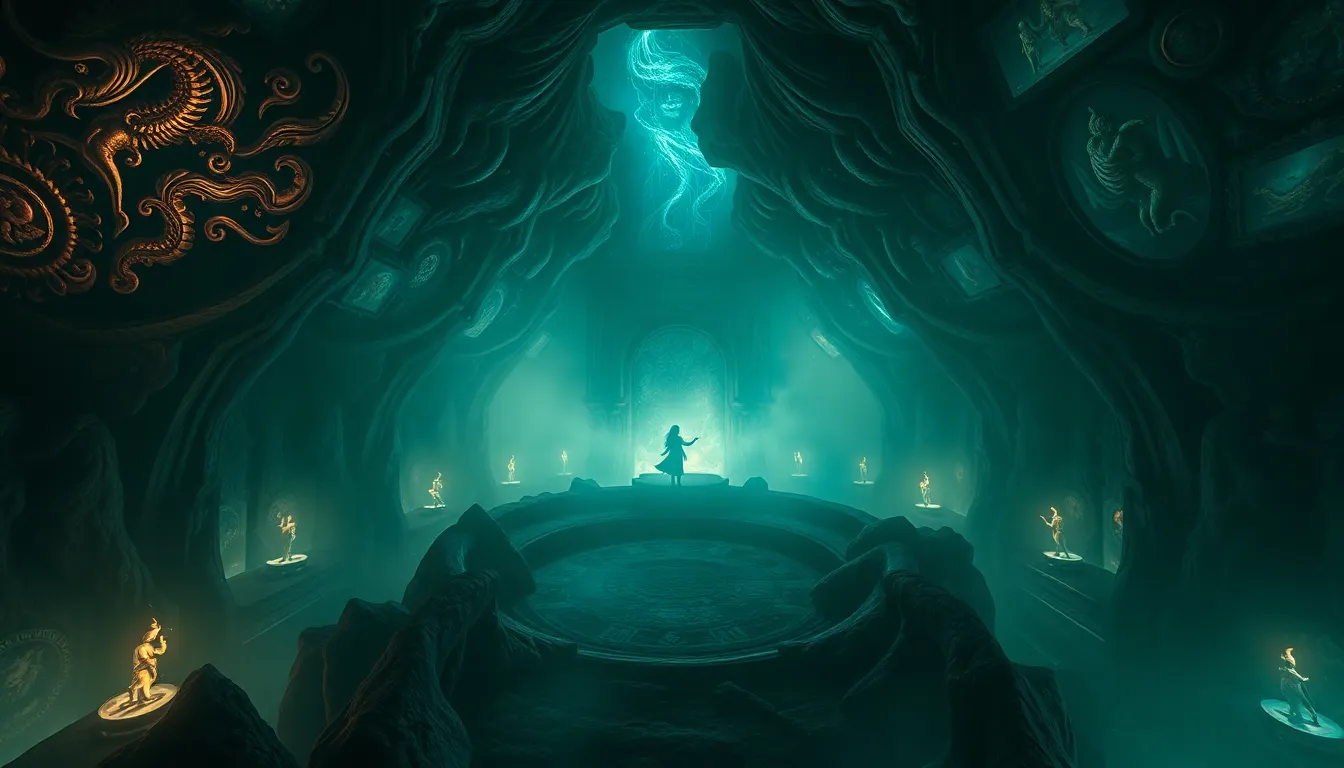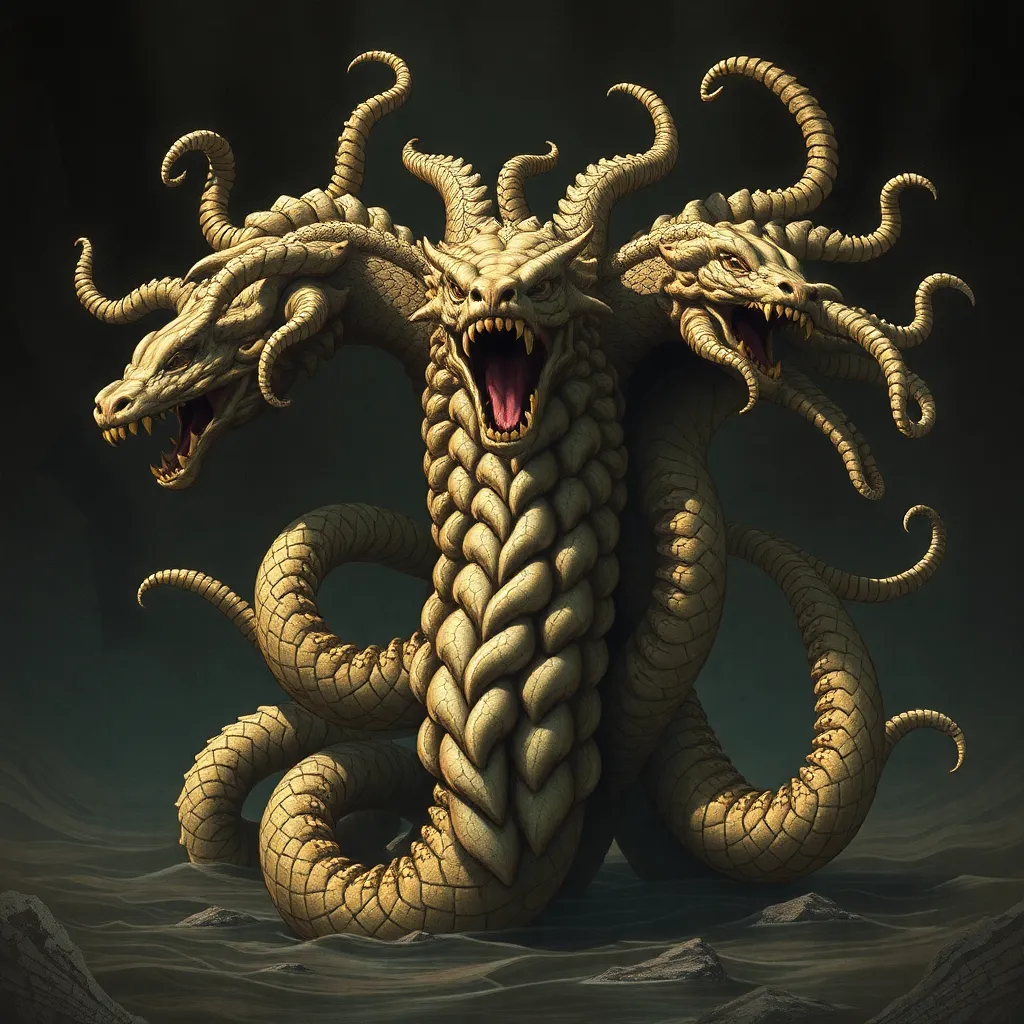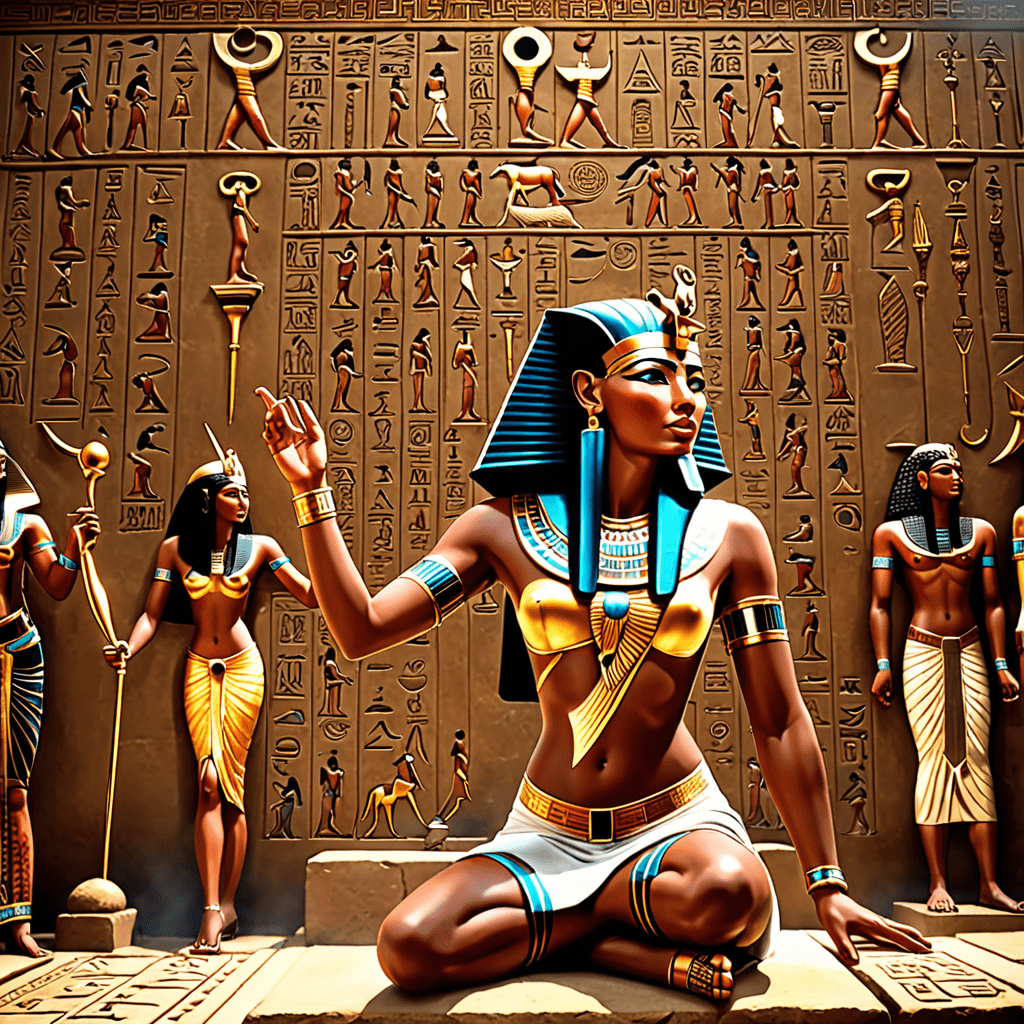The Underworld’s Dark Secrets: Myths That Will Shock You
I. Introduction
The Underworld has long captivated the imagination, representing the realm of the dead in various mythologies across cultures. Whether known as Hades, the Duat, or Hel, the Underworld serves as a powerful symbol of humanity’s fears and beliefs about death and the afterlife.
Myths surrounding the Underworld provide insight into the cultural psyche, revealing how different societies understand life, death, and what may lie beyond. This article aims to explore some of the most shocking myths related to the Underworld, highlighting their significance and influence throughout history.
II. The Underworld in Different Cultures
Across cultures, the conception of the Underworld varies significantly, each offering a unique perspective on the afterlife.
A. Greek Mythology: Hades and the Afterlife
In Greek mythology, the Underworld is ruled by Hades, a god often misunderstood as a villain. It is a place where souls go after death, and it is divided into various regions, including the Elysian Fields for the virtuous and Tartarus for the wicked.
B. Egyptian Mythology: The Duat and the Judgment of Souls
The Duat is the Egyptian realm of the dead, where the souls of the deceased face judgment by Osiris. This judgment involves weighing the heart against the feather of Ma’at, symbolizing truth and justice.
C. Norse Mythology: Hel and the Realm of the Dead
Norse mythology features Hel, a goddess who presides over a realm of the same name, where those who die of old age or illness reside. Hel’s domain is often depicted as a cold and dreary place, contrasting with Valhalla, where warriors aspire to go.
D. Mesopotamian Beliefs: The Land of No Return
In ancient Mesopotamian beliefs, the Underworld is known as the Land of No Return, a dark and gloomy place where souls lead a shadowy existence. Here, even the mightiest heroes are not exempt from the fate of death.
III. The Role of Deities in the Underworld
Deities play crucial roles in guiding and judging souls in the Underworld.
A. Hades, Osiris, and Hel: Guardians of the Underworld
Hades, Osiris, and Hel are the key figures in their respective mythologies, serving as guardians who manage the souls of the deceased and oversee the rules of the afterlife.
B. The Significance of Charon and the River Styx
In Greek mythology, Charon is the ferryman responsible for transporting souls across the River Styx to the Underworld. Without payment, typically in the form of an obol, a coin placed in the deceased’s mouth, souls would be left to wander the shores.
C. The Myths Surrounding Anubis and Mummification
Anubis, the Egyptian god of embalming and the dead, plays a vital role in the mummification process, ensuring that the deceased are preserved for their journey in the afterlife.
IV. Shocking Myths About Punishments in the Underworld
Many myths depict a terrifying view of punishment for the wicked in the afterlife.
A. The Concept of Eternal Damnation in Various Cultures
- In Christianity, Hell is a place of eternal torment for sinners.
- In ancient Greek mythology, Tartarus serves as a dungeon of torment for the damned.
- In some interpretations of Egyptian mythology, the unworthy face eternal punishment by being devoured by Ammit.
B. Myths Surrounding Sisyphus and His Endless Punishment
Sisyphus, a figure from Greek mythology, was condemned to roll a boulder up a hill only for it to roll back down each time he reached the top, symbolizing the futility of life.
C. The Fate of the Wicked in the Egyptian Afterlife
The Egyptian afterlife was not forgiving for the wicked. Those who failed the judgment of Osiris faced annihilation by Ammit, a fearsome creature that would devour their souls.
V. The Underworld as a Place of Transformation
Despite its grim reputation, the Underworld also serves as a site of transformation and rebirth in many myths.
A. Myths of Rebirth and Resurrection—Isis and Osiris
The myth of Isis and Osiris illustrates the theme of resurrection, as Isis revives her husband Osiris, highlighting the cycle of death and rebirth.
B. The Journey of the Soul Through Trials and Tribulations
Many cultures depict the journey of the soul as one filled with challenges, requiring strength and wisdom to navigate the Underworld.
C. The Significance of Purification and Redemption in the Underworld
Purification rituals are common in many mythologies, allowing souls to atone for their sins and achieve redemption before moving on.
VI. The Influence of Underworld Myths on Literature and Art
Underworld myths have profoundly influenced literature and art throughout history.
A. Depictions of the Underworld in Classic Literature (e.g., “The Divine Comedy”)
Dante Alighieri’s “The Divine Comedy” offers a detailed journey through Hell, Purgatory, and Paradise, reflecting the moral and spiritual beliefs of the time.
B. Artistic Representations and Their Interpretations
Artists throughout history have depicted the Underworld, from Hieronymus Bosch’s surreal visions of Hell to contemporary interpretations that explore themes of mortality.
C. The Impact of These Myths on Modern Storytelling
Modern storytelling continues to draw on Underworld myths, influencing genres such as horror and fantasy, where themes of life after death and moral consequences are prevalent.
VII. Dark Rituals and Practices Associated with the Underworld
Ancient cultures often engaged in rituals to appease the deities of the Underworld.
A. Ancient Rituals for Appeasing Underworld Deities
Rituals varied widely, from offerings of food and drink to elaborate funerary rites intended to honor the dead.
B. Sacrifices and Offerings Made to Ensure Safe Passage
Many cultures believed in the necessity of sacrifices, which could include animals or even humans, to ensure that souls safely crossed into the afterlife.
C. The Role of Necromancy in Connecting with the Underworld
Necromancy, the practice of communicating with the dead, was a significant part of many ancient religions, allowing the living to seek guidance or knowledge from the deceased.
VIII. Modern Interpretations and Adaptations of Underworld Myths
The themes of the Underworld have seen a resurgence in contemporary media.
A. The Resurgence of Underworld Themes in Contemporary Media
From films to video games, Underworld themes explore the complexities of life, death, and the afterlife.
B. How Modern Culture Has Reinterpreted Ancient Myths
Modern retellings often reinterpret ancient myths to resonate with contemporary audiences, exploring psychological and existential themes.
C. The Psychological Implications of These Adaptations
These adaptations reflect society’s ongoing struggle with the fear of death and the unknown, serving as a mirror for our current cultural and psychological landscape.
IX. The Underworld and Human Psychology
The Underworld represents humanity’s deepest fears and existential questions.
A. The Fear of Death and the Unknown
This fear drives many myths, reflecting humanity’s quest for understanding and meaning in the face of mortality.
B. The Role of Myths in Coping with Death
Myths about the Underworld offer narratives that help individuals make sense of death, providing solace in the belief of an afterlife or the possibility of rebirth.
C. The Underworld as a Reflection of Inner Struggles
Ultimately, the Underworld serves as a powerful metaphor for the inner struggles we face, symbolizing the dark aspects of the human experience that we must confront.



